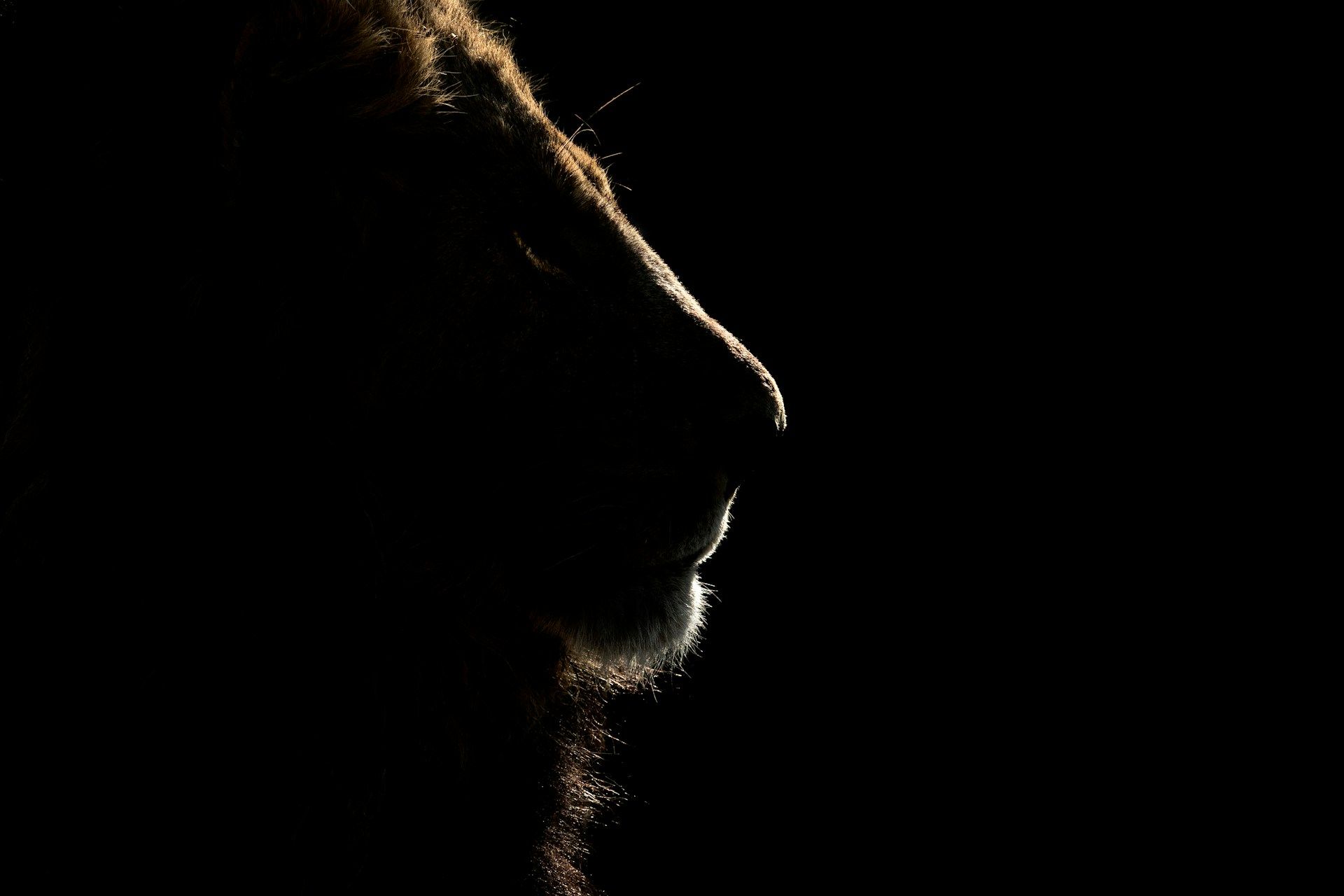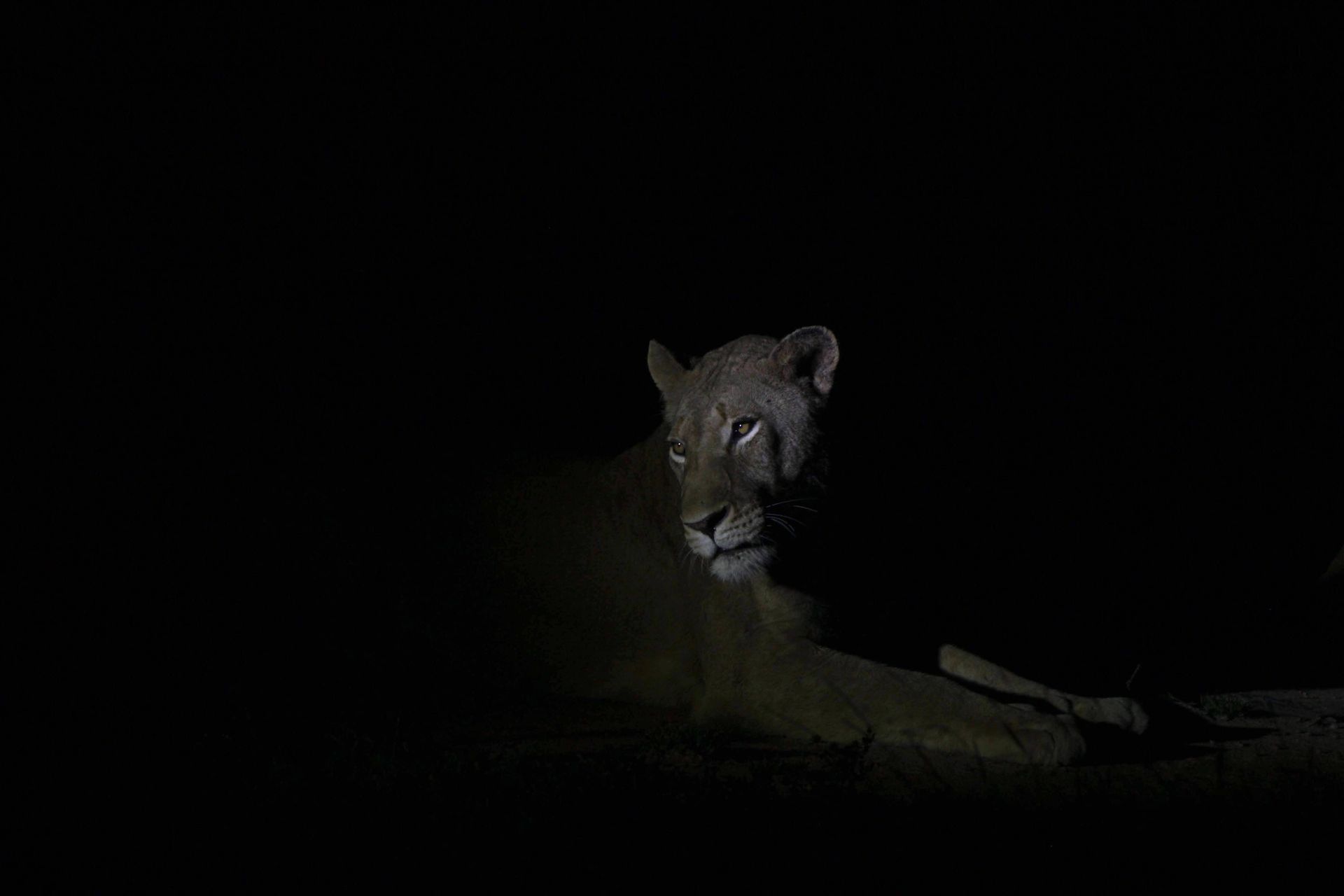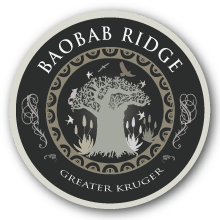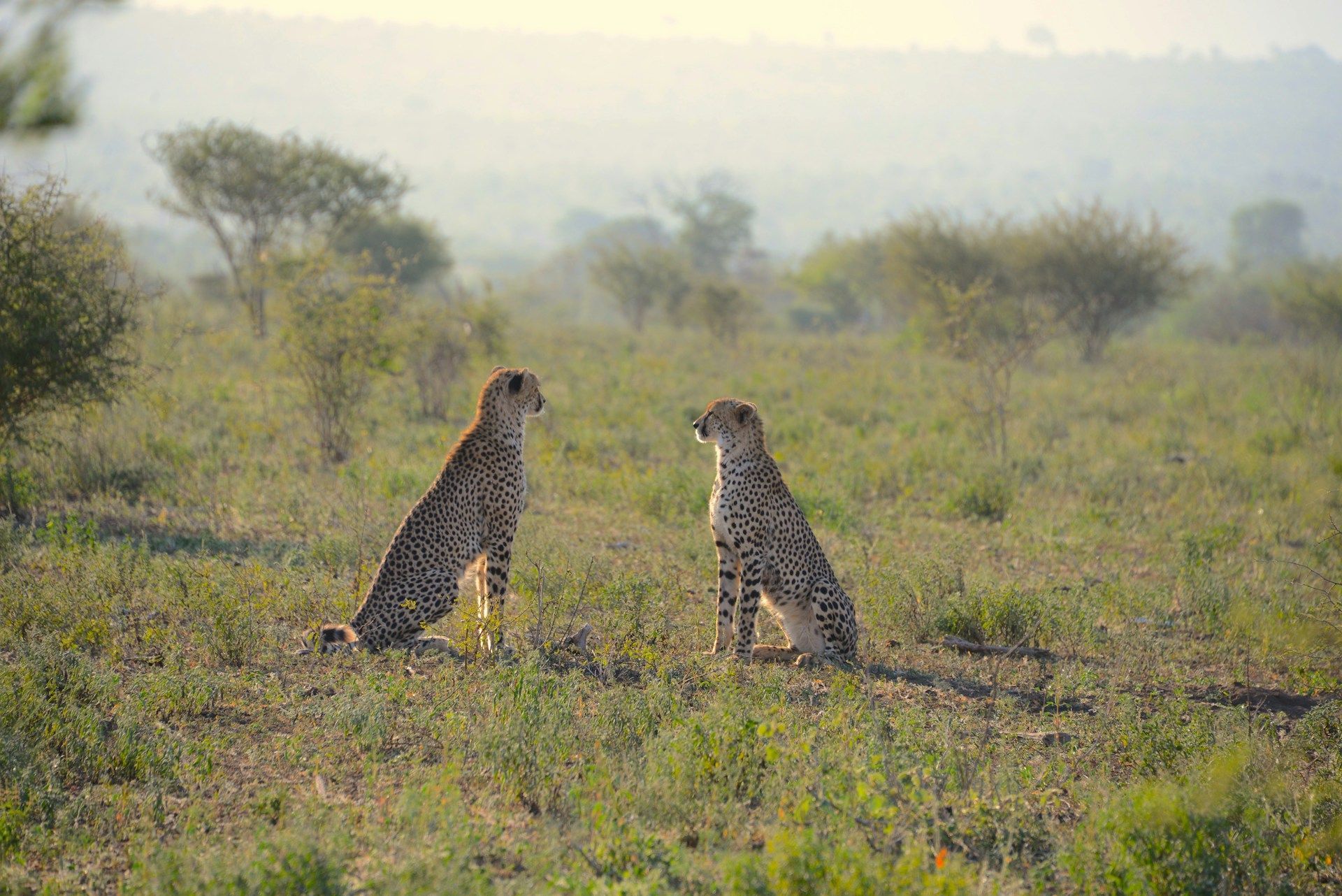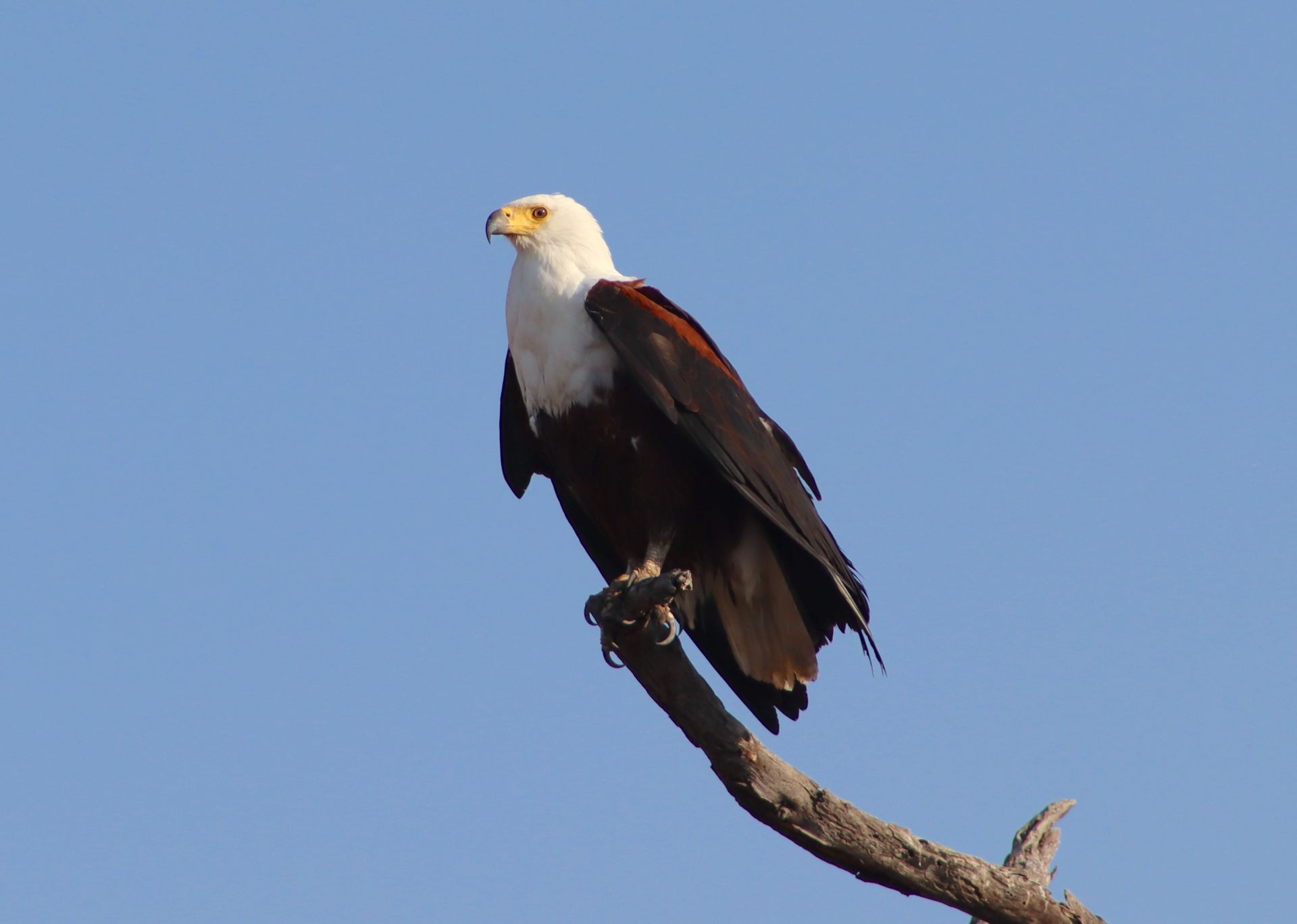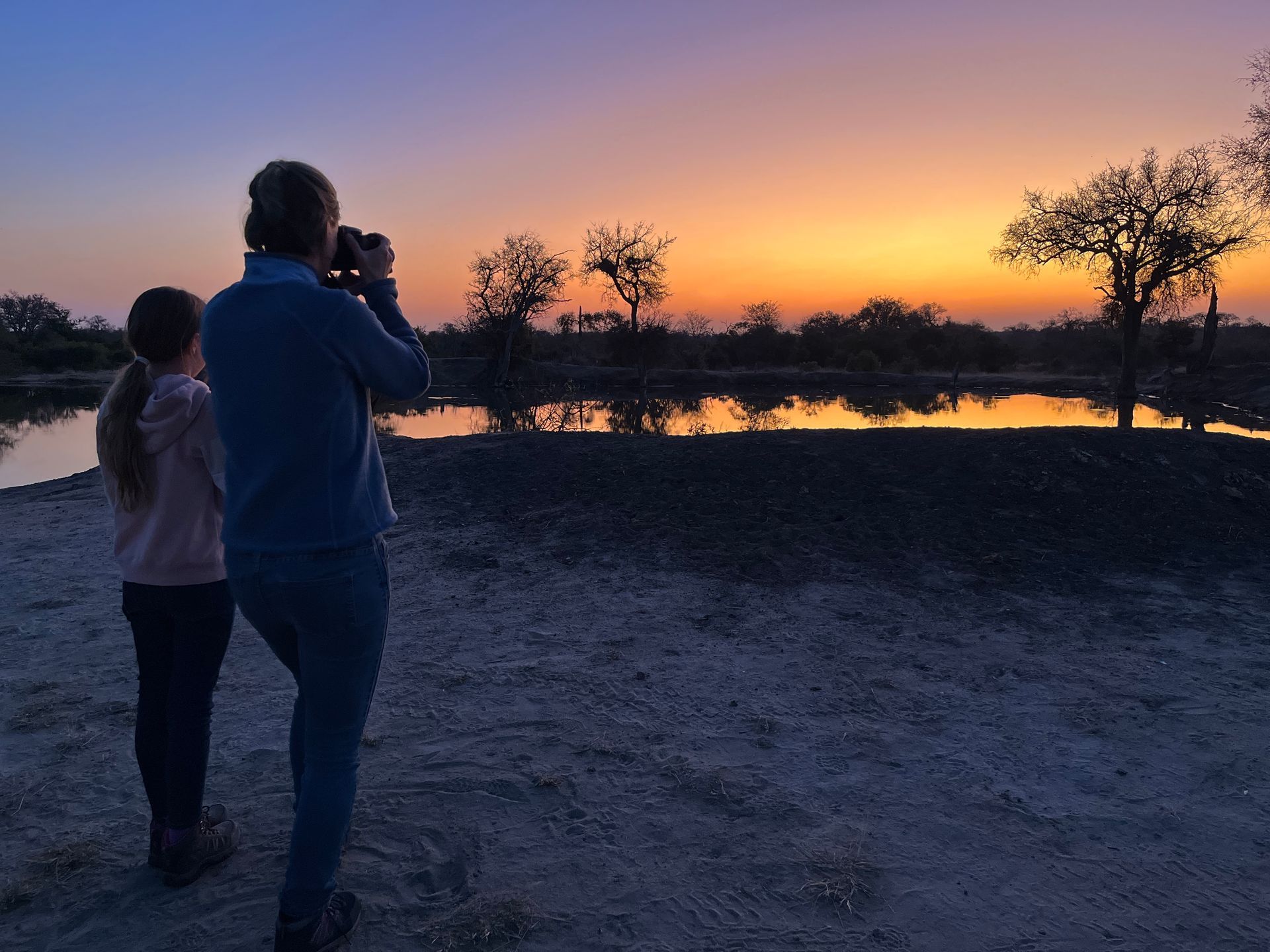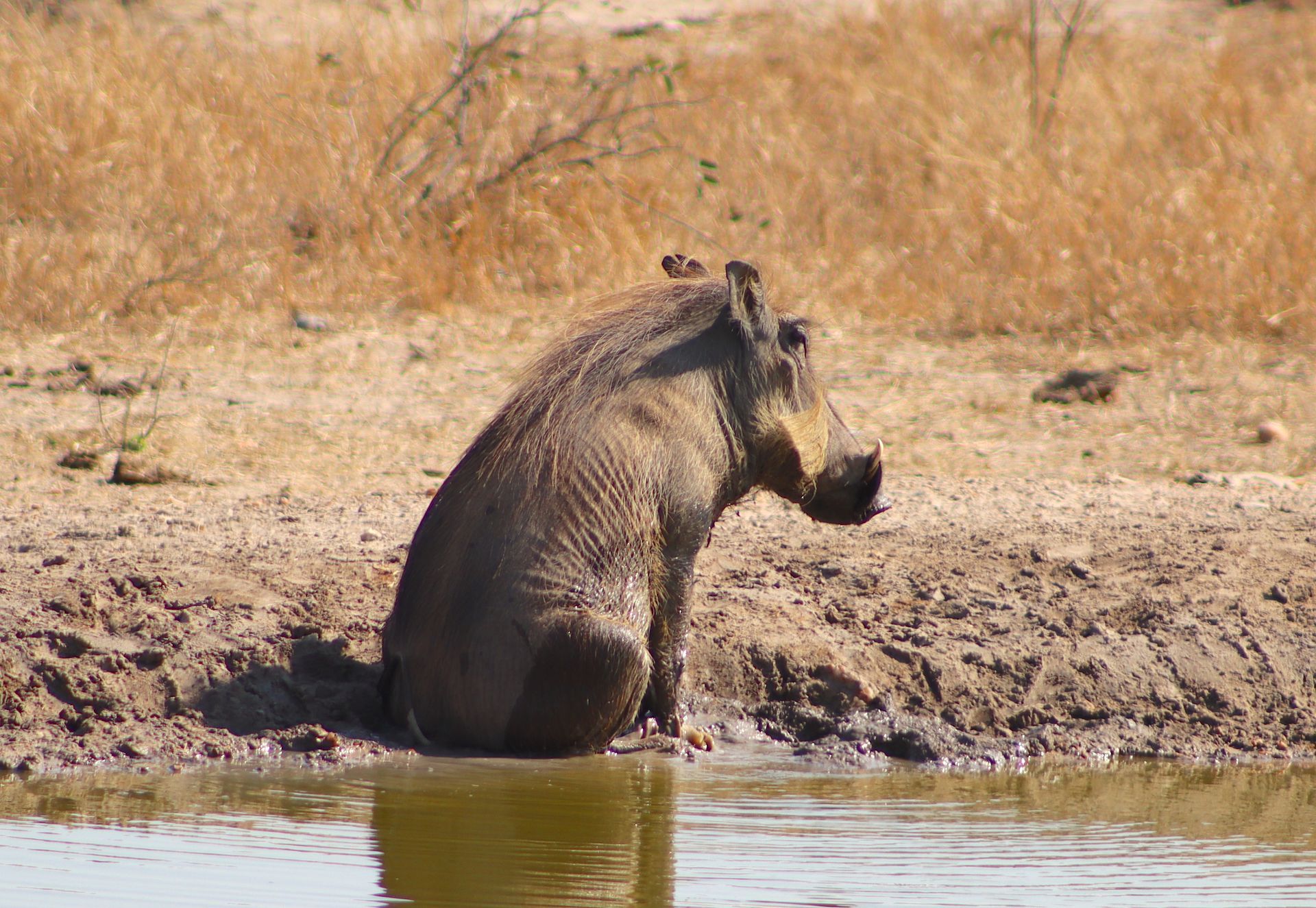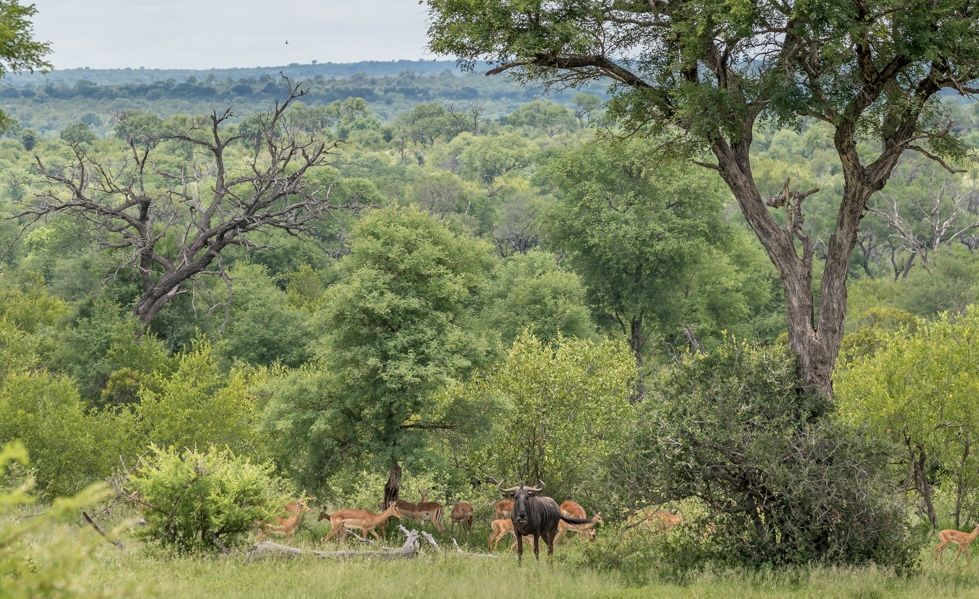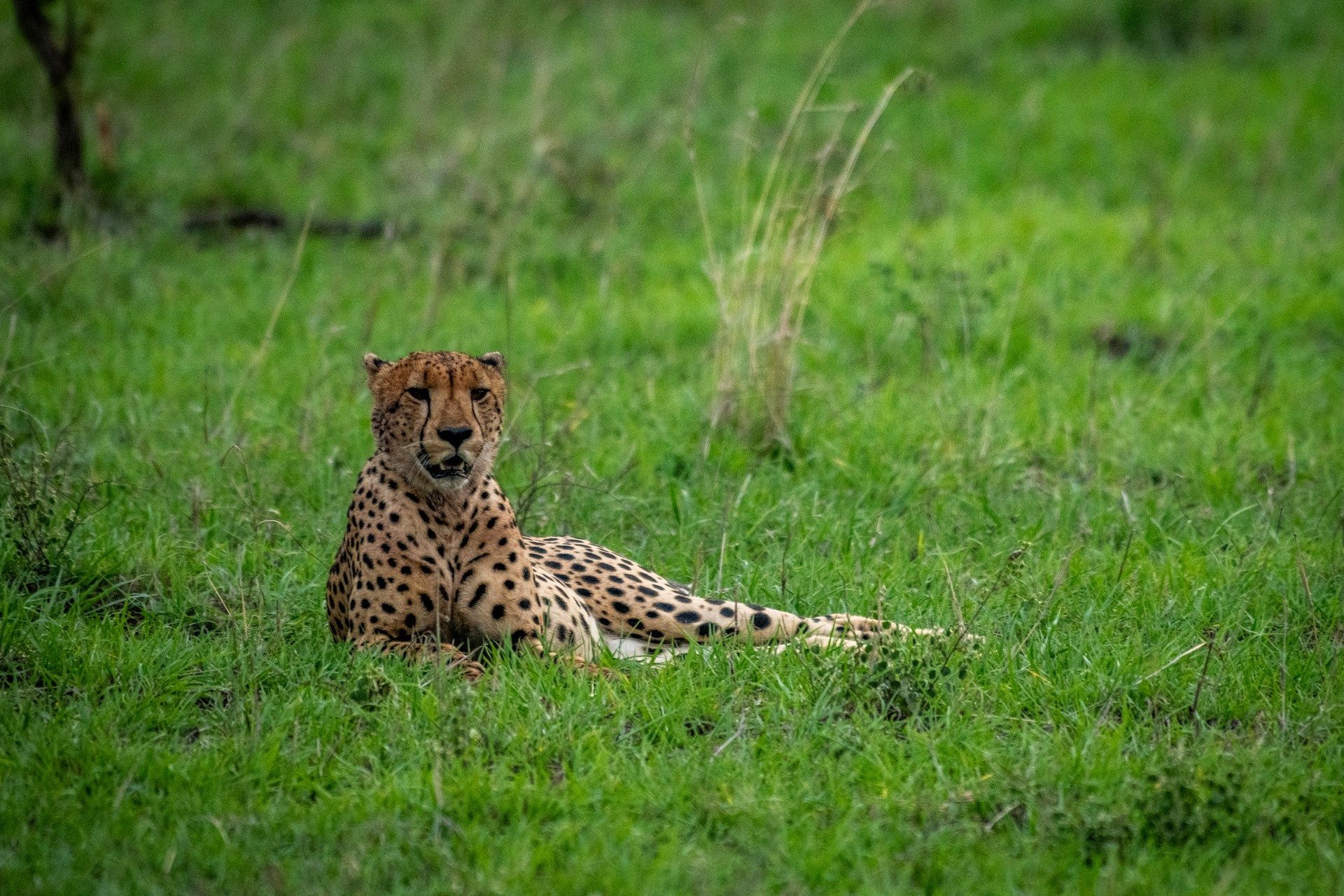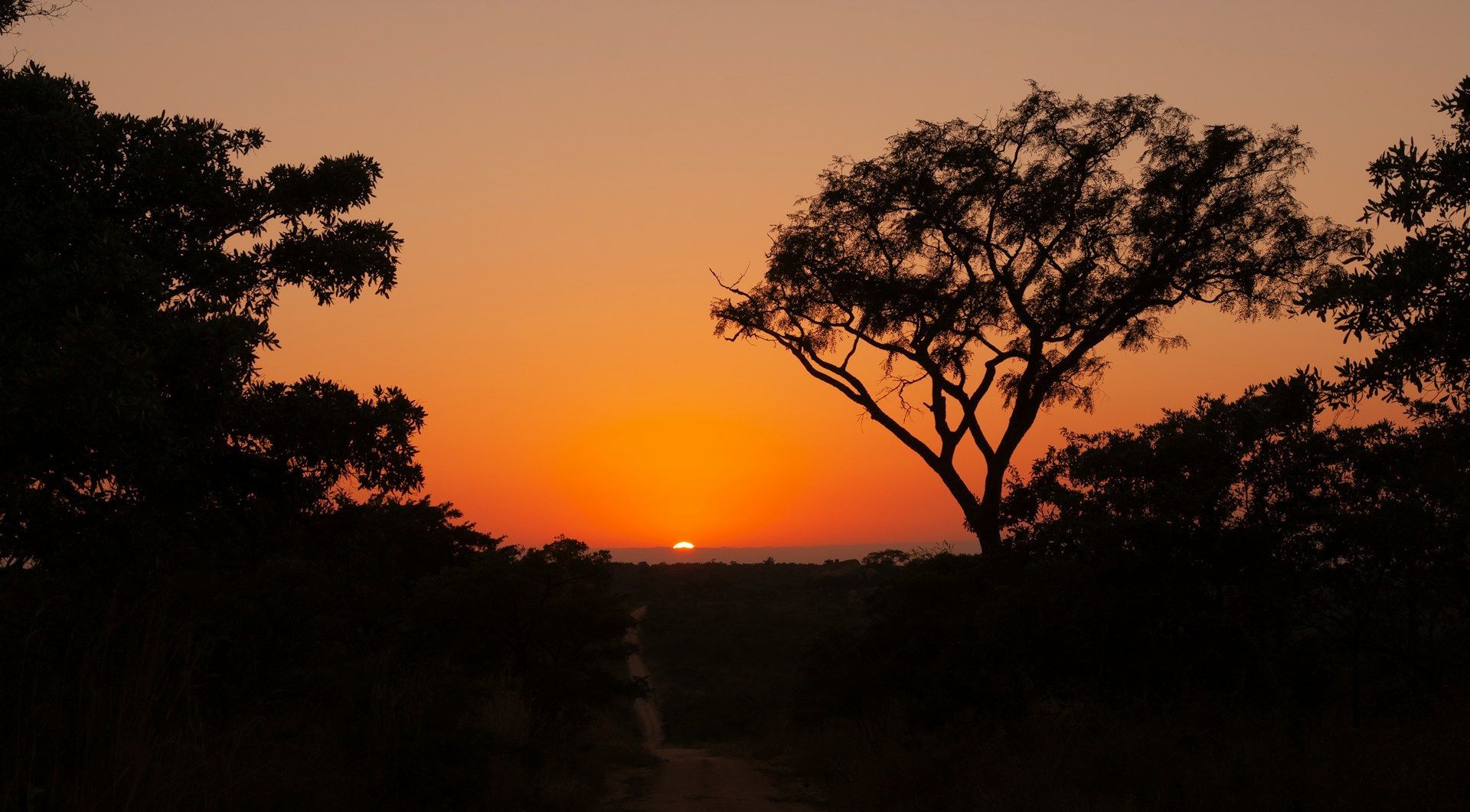A guide to dry season photography
Tips for capturing the magic of the Klaserie in winter
The dry, winter season in the Klaserie is like nature’s canvas waiting to be painted in vibrant shades of gold, russet, and brown. It’s a photographer’s dream, with landscapes and wildlife that shift dramatically as the season unfolds. From sunburnt grasslands to dense riparian woodland and permanent waterholes that attract life, this time of year offers a different kind of magic.
For photographers at Baobab Ridge, every game drive, every moment spent in the bush, is an opportunity to capture the essence of a wild landscape in perhaps its most striking form. The dry season, which typically spans from June to the end of October, brings its own set of challenges and rewards, and understanding how to work with the changing environment is key to taking the perfect shot.
The ultimate time for photography
With the light playing off the dusty, dry earth and the wildlife concentrated in fewer areas, there are endless opportunities to capture iconic images that tell the story of survival, beauty, and the rugged resilience of the African bush. Whether you're looking for dramatic landscape shots, action-filled wildlife scenes, or peaceful moments by a waterhole, the dry season provides the perfect backdrop for any photographer to create magic.
The golden hours
One of the most noticeable changes during the dry season is the light. With the sun at its most intense, and lowest (thanks to the southern hemisphere being tilted away from the sun at this time of year) the quality of light shifts, creating rich contrasts that can make even the most ordinary scene seem extraordinary. Early mornings and late afternoons are prime times to photograph the Klaserie landscape in its full glory.
As the sun rises over the bush, it casts a golden hue over everything it touches. The warm light bathes the open grasslands and highlights the features of animals, creating dramatic silhouettes and soft shadows. The occasional early morning mist adds a layer of mystique, transforming the horizon into a soft blur of pastel hues, and giving photographers the perfect chance to capture the ethereal beauty of the bush at first light.
As the day progresses and the light intensifies, the contrast becomes sharper, and midday shadows can create striking compositions when framed correctly. The best light for most wildlife photography, however, is in the late afternoon. With the sun beginning to dip, it casts long shadows and enhances the textures of the land, creating the perfect backdrop.
Life in the dry season
This time of year also has a significant impact on animal behaviour. With fewer water sources available as dams that are not pumped dry up, animals tend to concentrate around the remaining waterholes, which creates perfect opportunities for photographers. This is the time to capture dramatic moments of wildlife interacting with their environment - whether it’s a herd of elephants taking a dust bath, lions resting by a dam, or buffalo grazing in golden grass under a vast, brilliantly blue sky.
The lack of thick vegetation also makes wildlife more visible, giving photographers unobstructed views. The open landscape reveals creatures in all their glory, from predators like lions and leopards, to grazers like zebras and antelopes. Their coats appear more vivid against the backdrop of dry grasses and bare foliage, making for striking compositions that are rich in detail and texture.
As the dry season sets in, certain bird species become more visible, offering incredible opportunities for bird photography. Bright plumage stands out beautifully against the muted tones of the surrounding landscape, and with fewer leaves in the trees, capturing them mid-flight or perched is much easier.
Hot photographic tips
To make the most of your photography experience during the dry season, consider these composition tips that focus on capturing the essence of this unique time of year.
Use the contrast: The dryness of the landscape creates bold contrasts between the bright blue skies and the warm browns and yellows of the earth. Play with these contrasts to create dramatic compositions. The stark landscapes make excellent subjects for wide-angle shots.
Capture the dust: The dry season often brings swirling dust in the air. This can be used creatively in photography to add texture, depth, and atmosphere to your shots. Whether it’s an animal kicking up dust as it runs or elephants dust-bathing, dust can convey movement and energy.
Focus on the light: The harsh midday sun can be tough for capturing crisp, clear wildlife shots, but it can be used to highlight textures and shapes around camp and in front of the pool deck where the waterhole is a constant hive of activity. The light of early mornings and late afternoons, however, offers softer tones that work well for portraits of animals and landscapes. Always adjust your camera settings to accommodate these changes in light.
Get close: The dry season often brings animals closer to waterholes, which can offer incredible close-up opportunities. A zoom lens or a camera with a large sensor will allow you to capture intimate details of animals as they quench their thirst or interact with each other.
It's not all about gear
Whether you're relying on the (very) good cameras in your smartphone or are a keen hobbyist with one of the latest mirrorless cameras, creating a photographic documentary of your safari at Baobab Ridge is about capturing memories - moments in time that you don't want to forget. And sometimes it's better to just sit back and watch the wilderness unfold with your own eyes rather than through the viewfinder. So please remember to allow yourself that luxury!
Where your gear is concerned, with DSLRs and mirrorless cameras it's sometimes nice to have two bodies - one with a zoom lens (100-400mm for example) and one with a wide-angle lens for landscapes (55mm). But if you can't bring two bodies, and your objective is wildlife, then the zoom is the priority as you can use your smartphone for landscape shots.
Tell your guide the kind of shots you'd like to capture and they'll go the extra mile to ensure you have a chance of getting the shots you're after. All of them understand the perfect positioning and photographic angles required.

